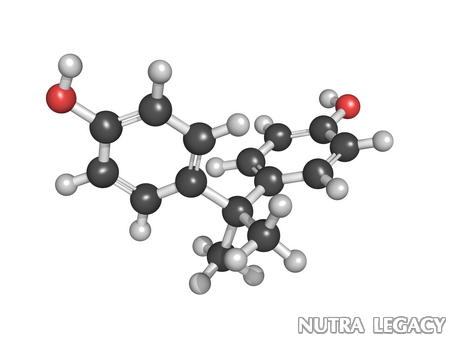Bisphenol is back: Studies link ‘toxic’ receipts to various illnesses.
A new study has discovered that nearly 40% of thermal paper receipts from your local retailers contain high levels of Bisphenol A (BPA). This chemical is from the category of macrobiotic compounds. It acts as a preservative for certain types of plastic and epoxy resins. The U.S. National Toxicology Program released a comprehensive report where it found that Bispehnol A can cause certain brain problems, and have a harmful effect on the behavioral and reproductive system in young children. There is also an almost proven Bispehnol cancer link, and tests have shown that exposure to it has led to breast cancer and prostate cancer. BPA has also been linked to obesity, and thyroid disruption.

Studies claim that even extremely low levels of bisphenol A can be hazardous. A new study, which was sponsored by the Environmental Working Group (EWG) and released on July 27th, claims that sweaty hands or fingers can wipe off a small dose of Bisphenol A from the thermal paper receipts. Therefore, the study concluded that this could be especially risky for young children.
The record of possible health hazards caused by BPA is extended and rather scary. According to Wikipedia, Neurological research from the Yale School of Medicine found that Bisphenol A interferes with important brain functions that are needed for “memory, learning and mood”. Science News referred to Bisphenol A as a “geologically dynamic estrogen imitate.” This means that it is an active estrogen mimic, as well as an endocrine disruptor. Research conducted on animals has demonstrated that fetal disclosure is especially dangerous. The article in Science News also says that the level of Bisphenol A that was discovered on certain receipts was extremely high. For example, one receipt from a Connecticut McDonalds had as much BPA in it as 126 cans of a popular canned ravioli brand, which was found to contain high levels of BPA pollution. However, the level of Bisphenol found on the receipt from McDonalds was actually less than a third of what was found on a receipt from Safeway in Washington DC.
Maybe the time has come for us to consider, in our new age of digital technology, something called an electronic receipt. This is already done with the majority of airline tickets, so it is definitely possible. For example, a receipt could be sent to the customer’s e-mail address, or it could be printed off directly from the company website. This could be offered at the very least as an option until the idea catches on with the customers. In this way, the company would benefit from communicating with its customers through the internet, and at the same time save money that it spends on paper, thereby helping the environment and reducing waste. All this can certainly decrease the risk of all major health concerns with the paper receipts, such as the Bisphenol cancer link, and solve the problem of their disposal.
To find out more, go to: wikipedia.org
The information supplied in this article is not to be considered as medical advice and is for educational purposes only.
Receipts are a waste of resources anyway and as the article suggests, the time has come for them to become digital. Anytime you purchase someting, it should be sent to your email inbox or something like than, rather than cut more trees to make receipts that poison you.February 7th, 2011 at 9:56 pm
Receipts are a waste of resources anyway and as the article suggests, the time has come for them to become digital. Anytime you purchase someting, it should be sent to your email inbox or something like than, rather than cut more trees to make receipts that poison you.February 7th, 2011 at 4:56 pm